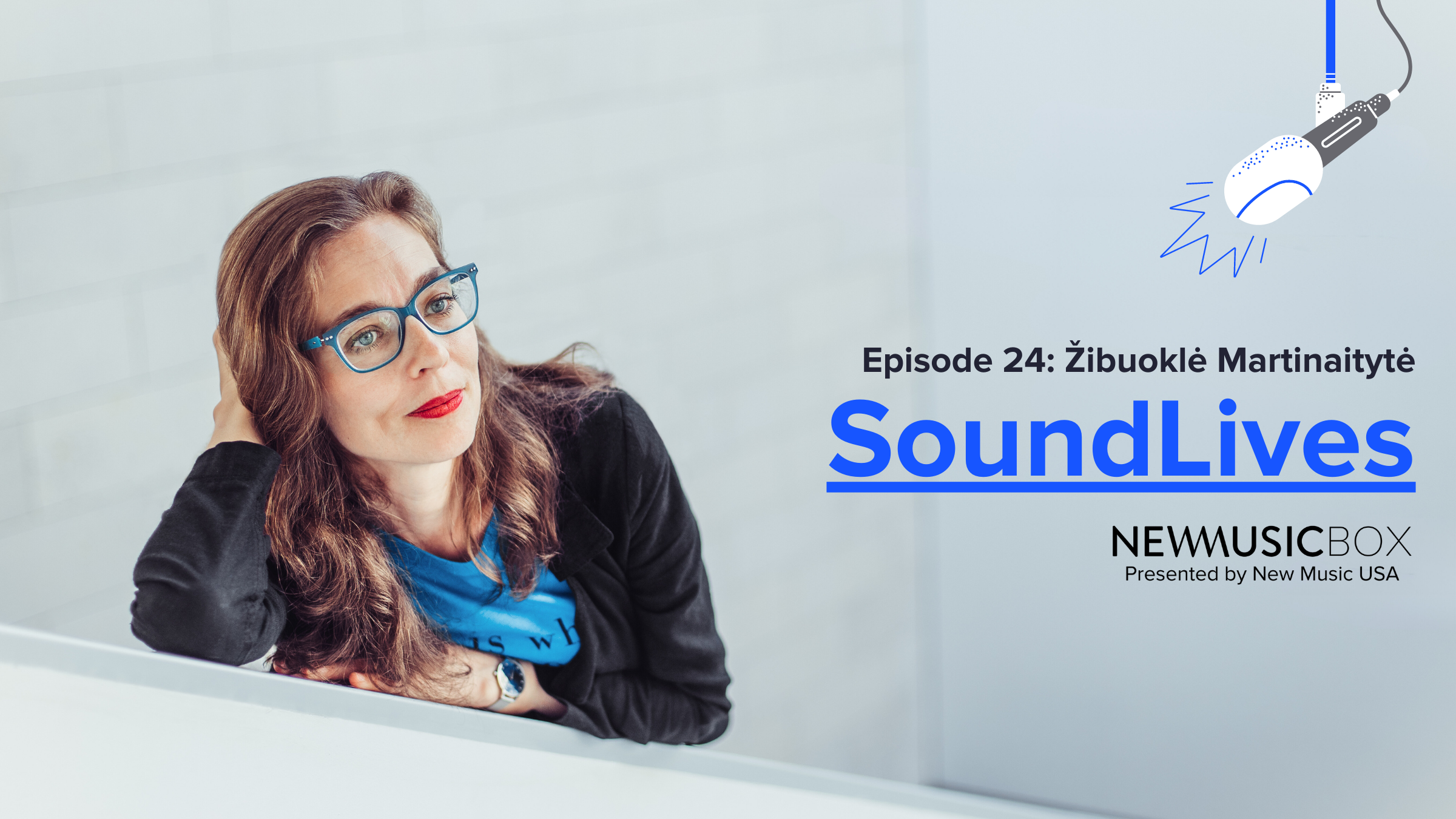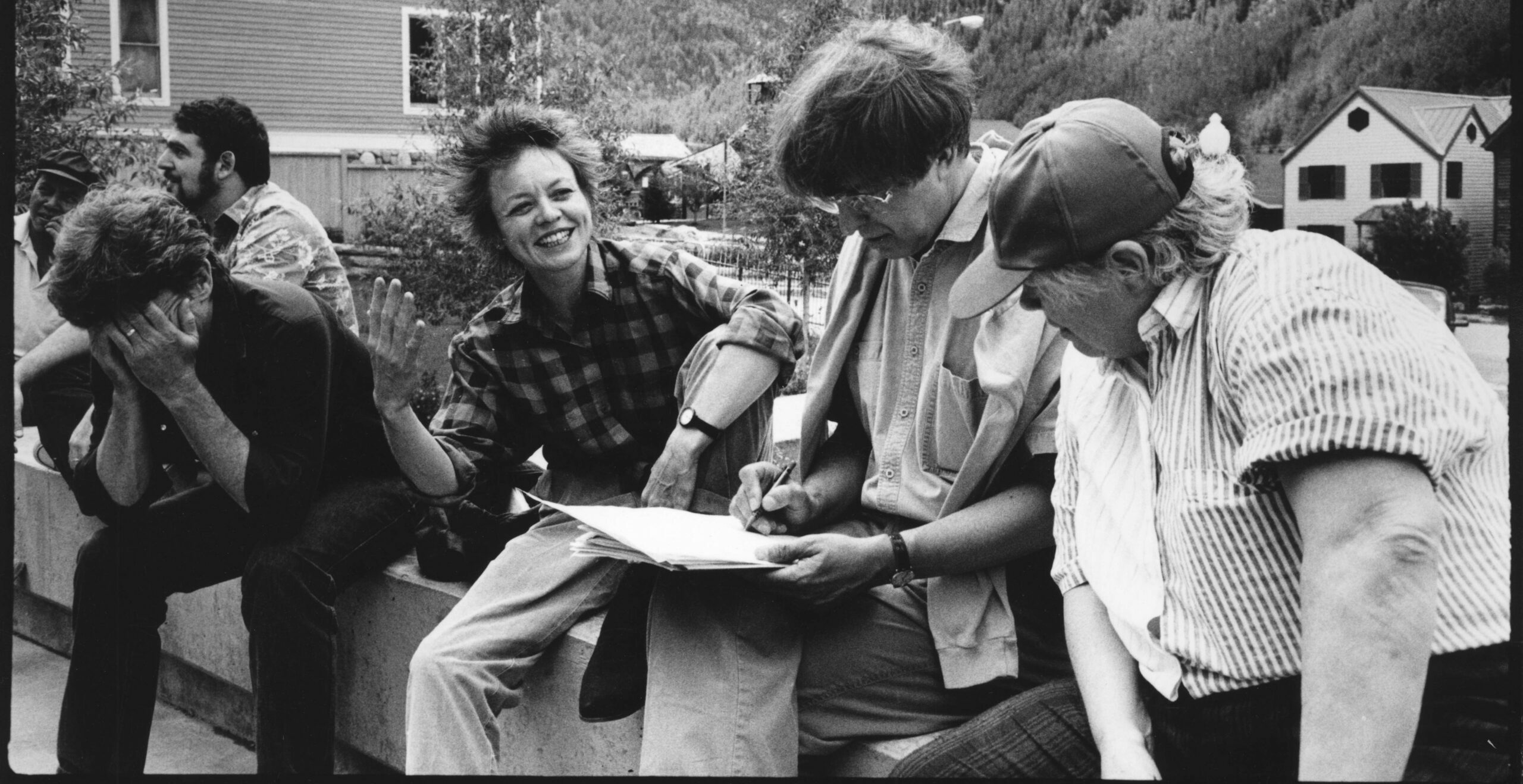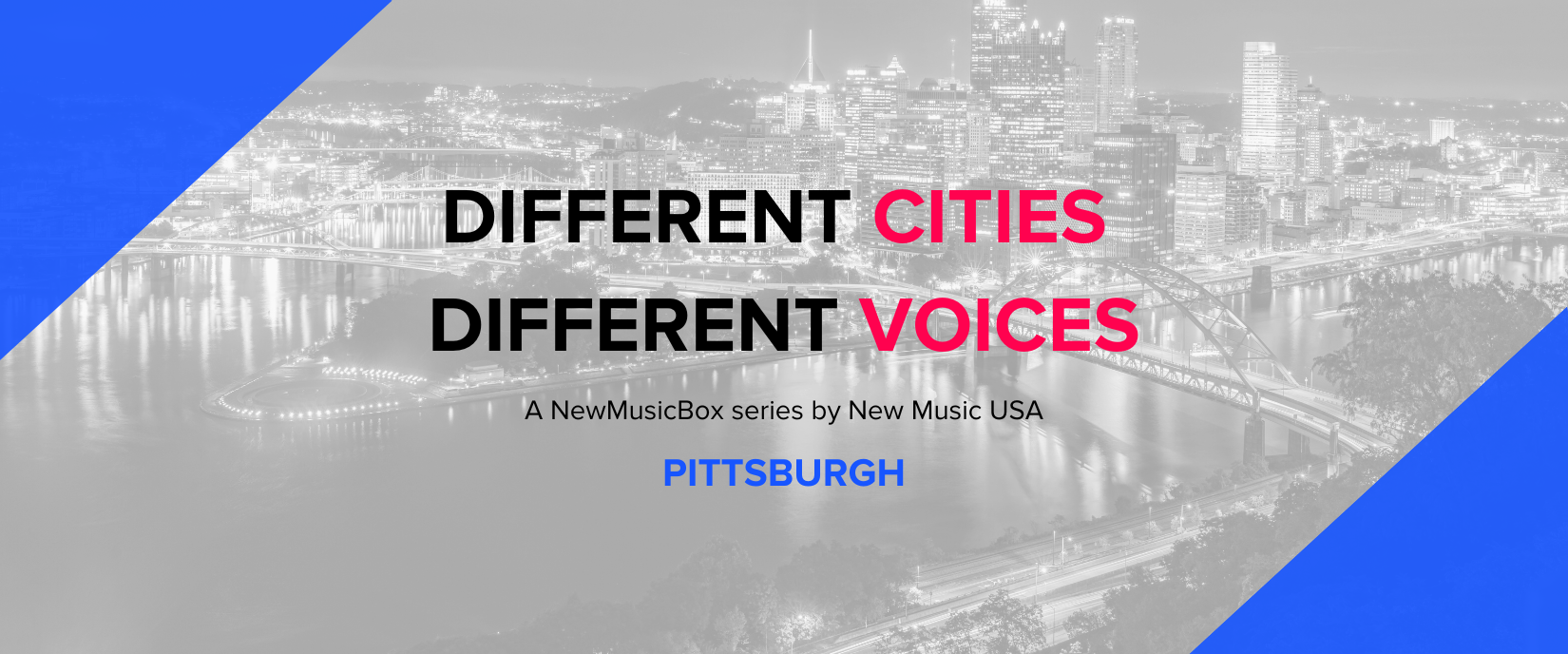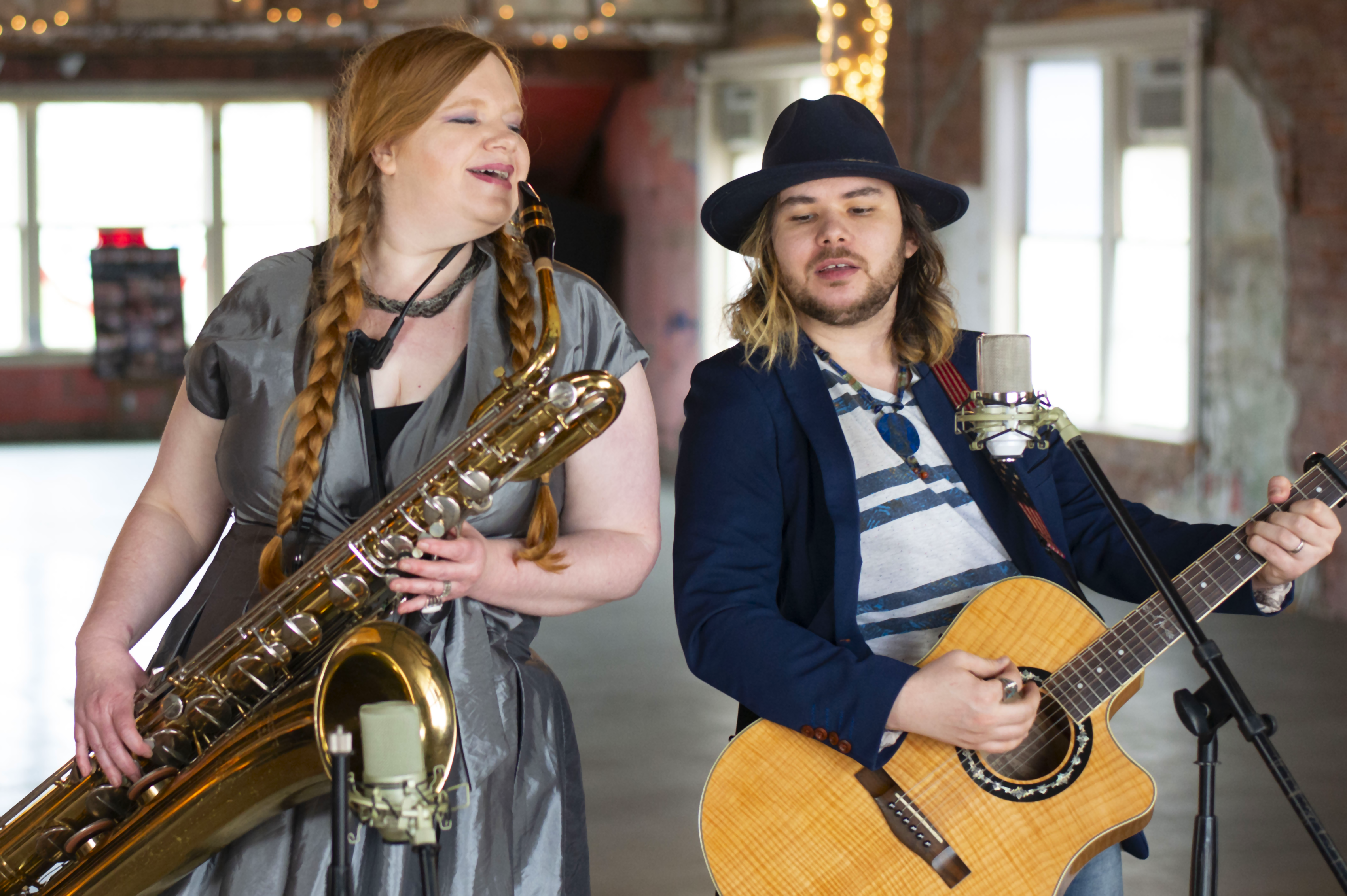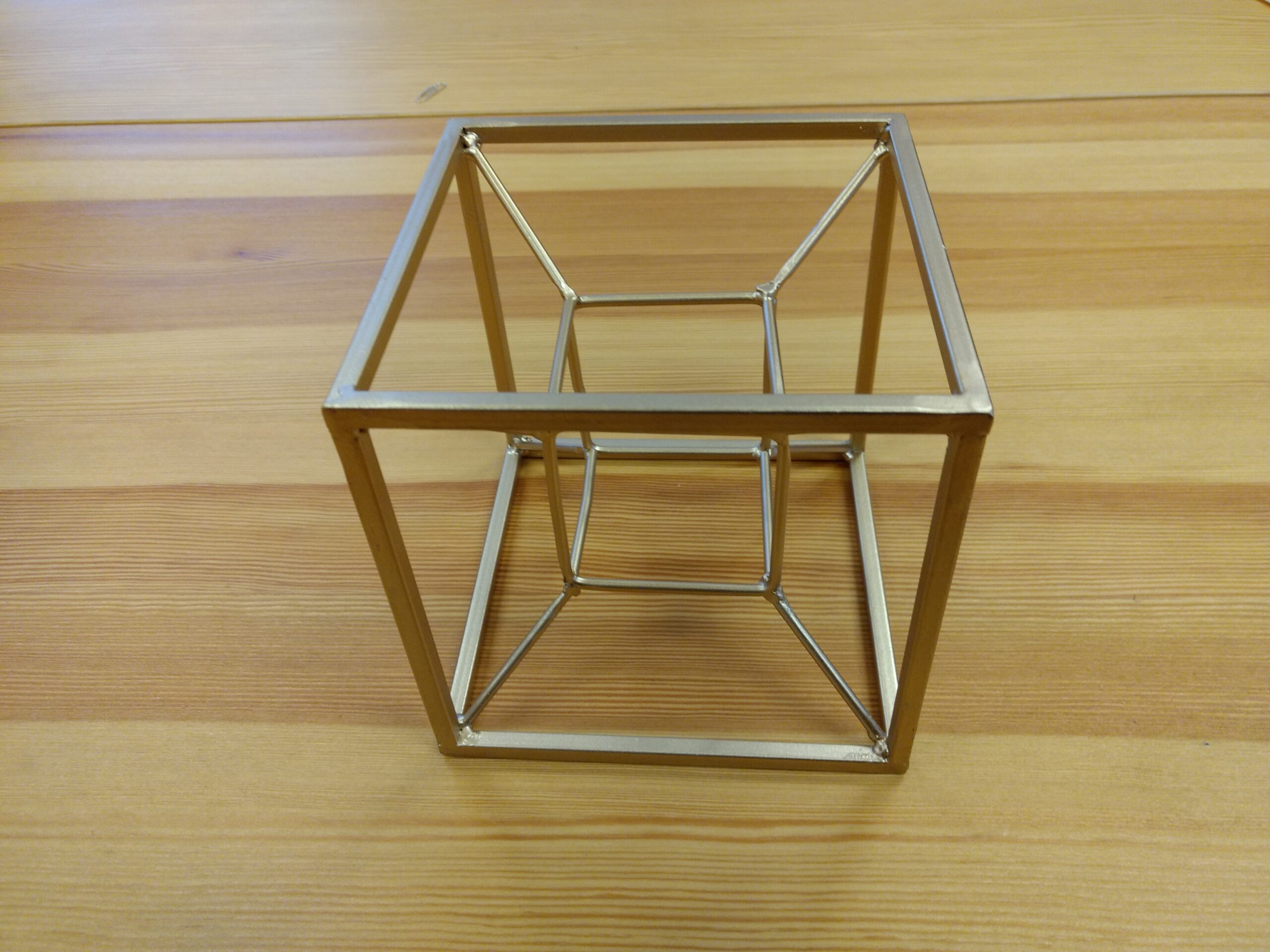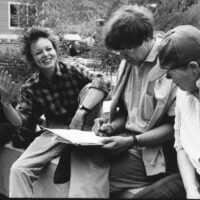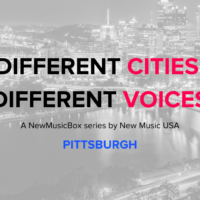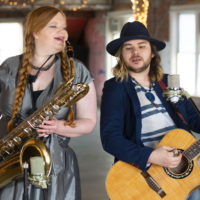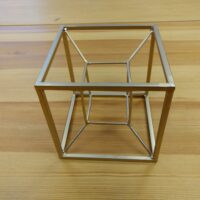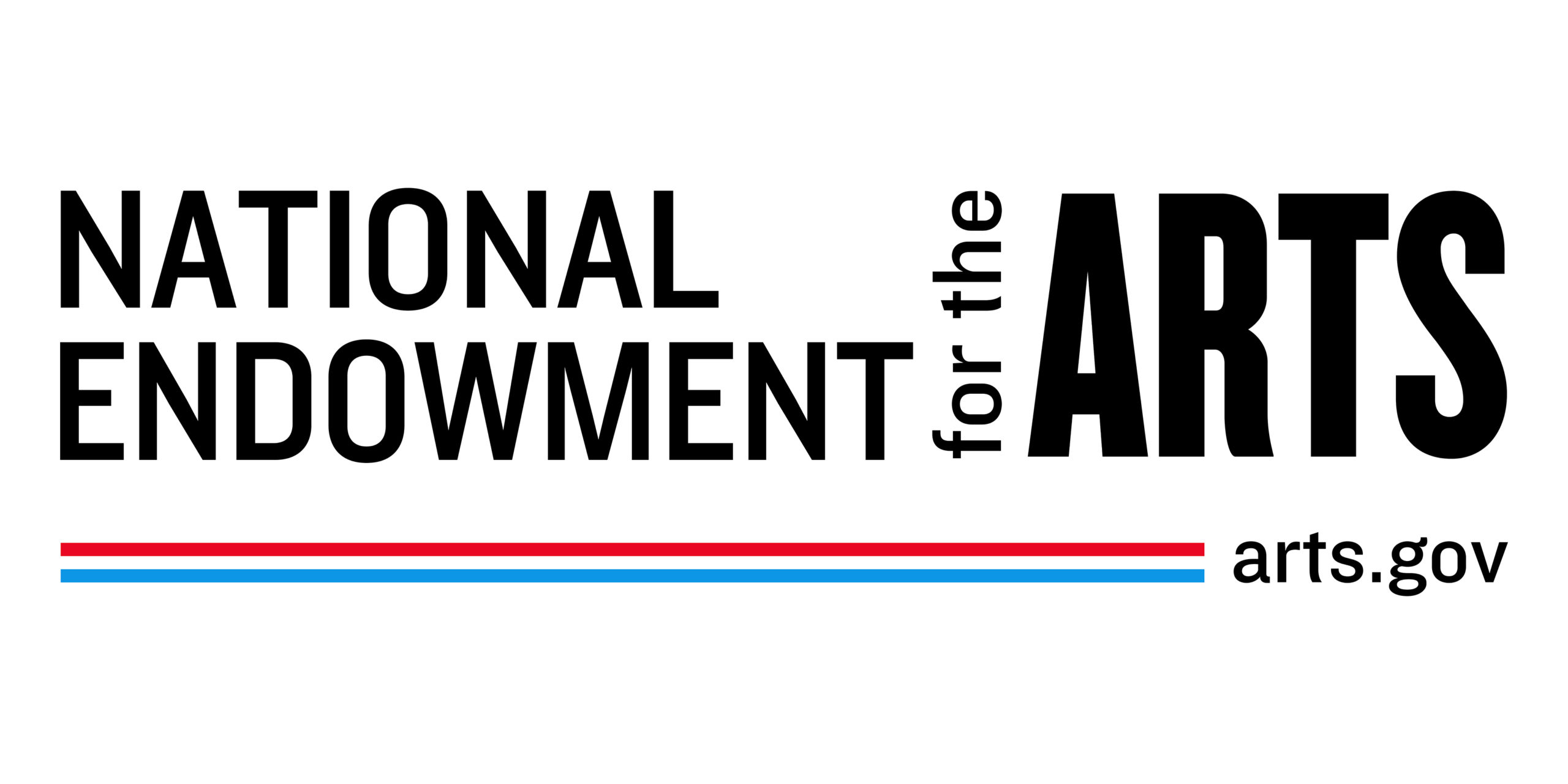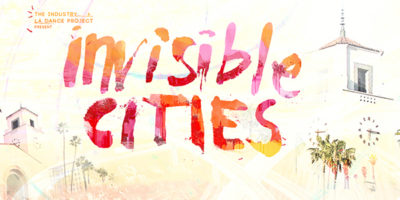
At LA’s Union Station last Sunday, I saw composer Christopher Cerrone’s opera based on Calvino’s novel, also called Invisible Cities. The production managed to be at once extravagant and subtle, with the audience listening to the live performance on wireless headphones while wandering freely through an actual, historically scenic train station.
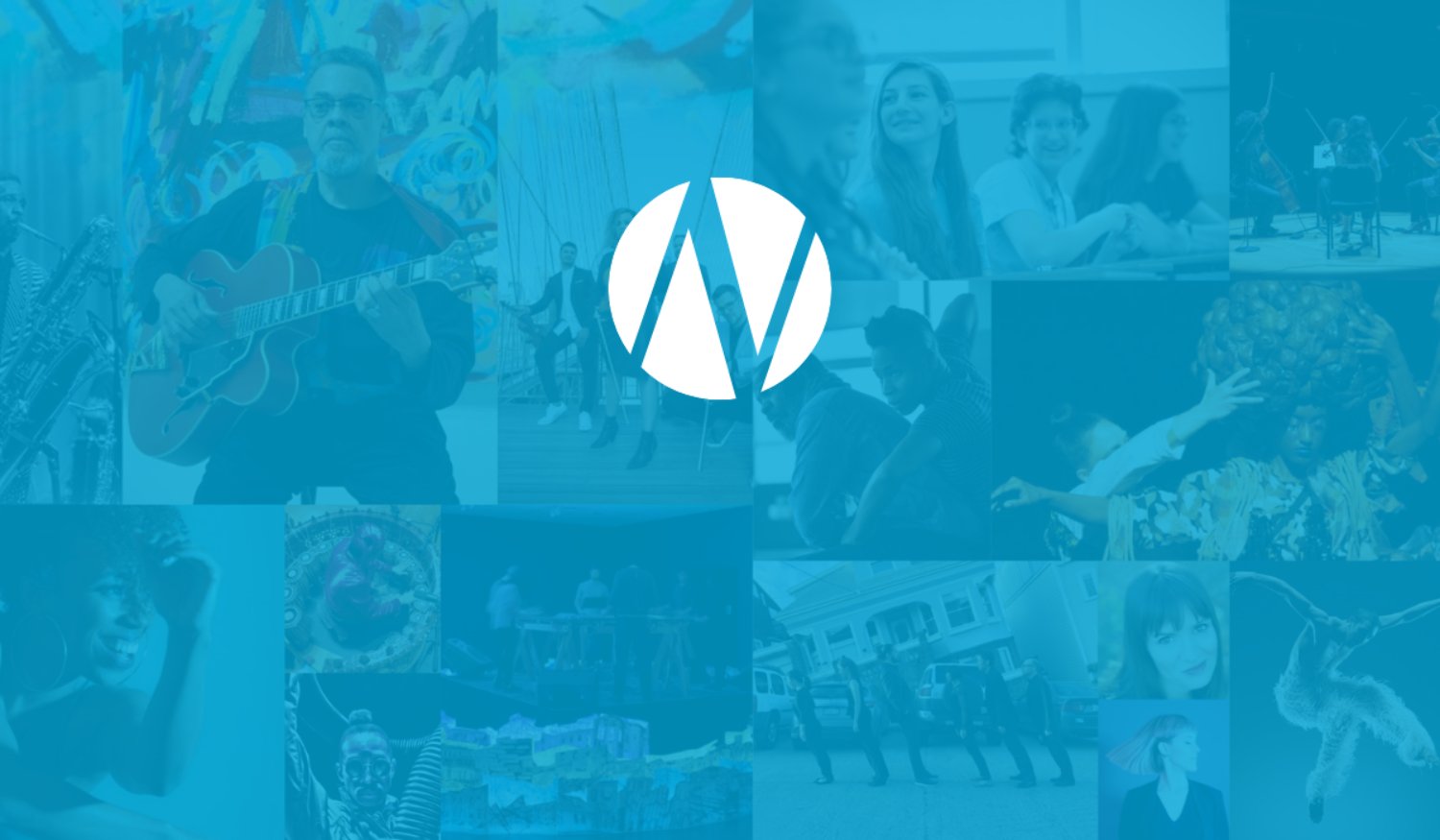
The three discs featured here all contain music in which computer interaction plays a prominent role alongside human performers.
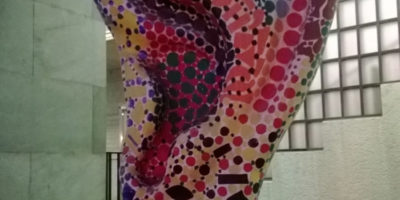
There have been few additions to the canon of “classical” music from Africa, or most of southern Asia and Oceania. And yet, despite the efforts of extremists in various parts of the world, some form of music is created, performed, and listened to in every nation on the planet; music is one of the few pan-terrestrial human activities.
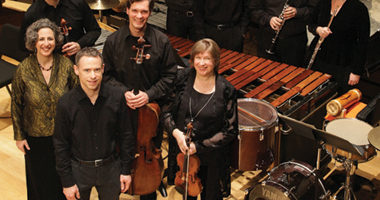
Boston Musica Viva, the city’s oldest new music group, might have been tempted to, say, recapitulate its first program from February 1970. Instead, the year’s concerts are filled with relatively recent music, with a premiere for each—the kind of inner effort, one might say, by which new music stays new.

Scientific research shows that listening to music is an activity that fosters cohesion and synchronicity in brain function, which is very good for social messaging across large numbers of people who are listening at the same time, whether or not they’re listening to the same thing. I believe the research also shows that improvising music requires a similar mode of cognition, allowing for a kind of “disembodied cognition,” as one researcher calls it.

There are many differences between the worlds of concert music and of film music, but one striking similarity is how little those who aren’t intimately involved with the process know and understand about what actually happens as concert works or film scores are being created.
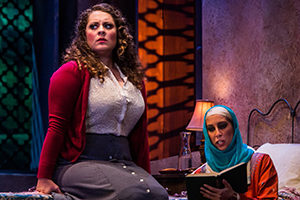
No matter how you slice it, overseeing the development of an opera seems a lot like marshaling forces for the invasion of a small country. Hagen’s recently performed (a fully-staged, “pre-professional” workshop) full-length “opera noir,” A Woman in Morocco is no exception.
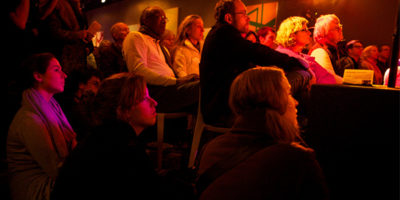
The milieu of new music has splintered into factions, each with its own loyal but marginal audience. All of these groups believe that they have meaningful formulas for creating provocative work, but what good is that work if no one outside the communities where it is generated has access to it?

After four decades, Kronos is still a new music group that takes its citizenship in the new music community seriously: show me another ensemble that has given more composers both the opportunity and the benefit of a meticulous, passionate performance. The music they cultivate might be geared to what they do well, but what they do well, they do better than anyone.

Maybe simplicity is complicated because the difference between a simple idea that is banal and a simple idea that has depth can be extremely subtle. Maybe we can’t tell, at first, which is which. But then, why should this be any different than complexity?

Charles Ives, George Gershwin, Leonard Bernstein, and John Corigliano have all used music to promote social commentary, but these are all individuals who use their talents to create great music and see it performed. To the Great American Culture Machine, music is still mainly seen as a pastime marketed primarily to sexually frustrated adolescents with enough money to buy new product.
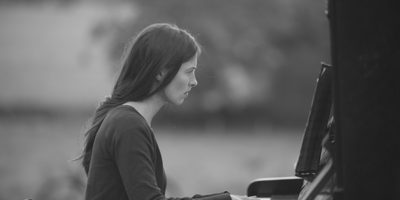
Sometimes we need to set aside the training that can shackle us to what can or should be done and instead to tap into the sense of “play” that comes so naturally to us when we’re young and have no concept of boundaries or rules or expectations. One of the biggest challenges along these lines is that many of us don’t recognize when we’ve stopped “playing,” especially after so many years of accruing the necessary tools to perform/create at a high level.
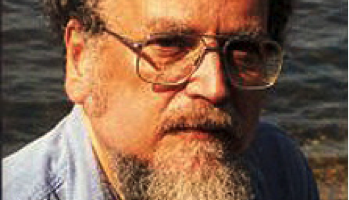
Rosner was one of the true maverick composers of his generation. His music was predicated on the modal polyphony of the Renaissance and early Baroque, as well as on the pre-tonal harmony of late Medieval dance music, and the free triadicism and rhythmic phraseology of that music underlay his entire output, regardless of how far from those sources he ventured.
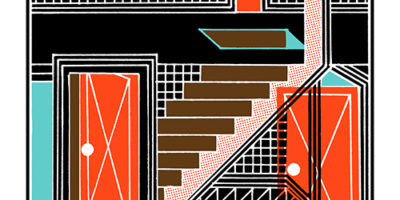
Ten x Ten: 2013 is a collaborative venture between ten Chicago visual artists and ten composers. Working in pairs, they crafted joint “statements of intent” and created pieces of music and art which speak to each other. Andrew Tham and Edie Fake speak here about their journey from collaborative “blind date” to finished piece.

For flutist and composer Jamie Baum, the formula for what she calls a “complete musician” consists of three parts: performing, composing, and improvising. In her mind, these three activities combine in an organic way to create a rich, full musical life, and she does it all—and more—in spades.
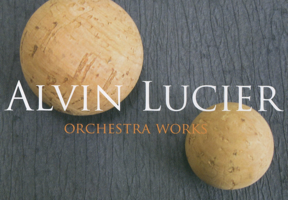
I can’t think of another composer who manages, again and again, to create such an inverse relationship between the bald simplicity of the compositional plan and the crazy richness of the musical result. The more basic Lucier’s hypothesis—the more abstract the map—the more inexhaustible the experience.
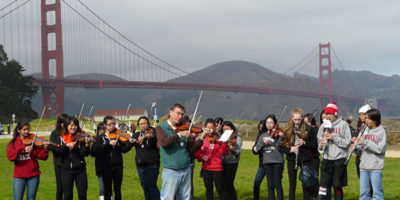
Described as a “spatial symphony” composed and directed by Lisa Bielawa, Crissy Broadcast involved hundreds of musicians drawn from a dozen or so local ensembles, including middle school and high school bands and orchestras, adult amateur musicians, two choruses, a traditional Chinese instrument orchestra, and a gaggle of electric guitarists with portable battery-powered speakers slung over their shoulders.
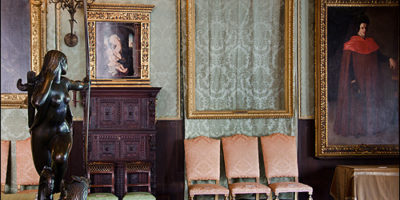
New York Festival of Song visited the Isabella Stewart Gardner Museum’s Calderwood Hall with a program celebrating Ned Rorem’s 90th birthday. The frame—the tonality, the lyricism, the elegant hedonism—is obvious; but what’s contained within the frame, what is and isn’t there, is something considerably more elusive.

A year and a half later, there are finally signs of what effects the Sibelius shakeup has had and what the future holds for those who see notation software as an irreplaceable tool.

I was inspired to connect more dots in this series by Rob Deemer’s post about creativity not existing in a vacuum. The partnership between artist and presenter is especially vital to what and how an audience hears.

Like the stories of all great artists, most of the Lou Reed story is built on a mountain of crucial untruth—a wispy chunk of magical thinking, a campfire story of how “downtown” got that way. We like our myths, our legends, and we fight hard to keep them. Lou, as I called him, wandered into this stacked self-presentation so completely that I believe he had to believe it.
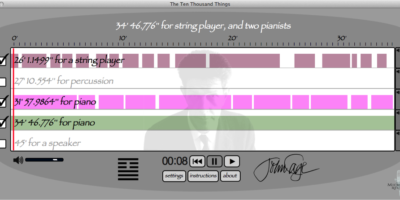
A new release of Cage’s The Ten Thousand Things (I Ching Edition) is an incredibly clear demonstration of the unexpected and delightful confluences that result from chance-based procedures, and in many ways, I can think of no better introduction to his music.

It was a massive interdisciplinary art, music, and sound event produced on a scale large enough to successfully fill an arena—something intense, interesting, challenging, interdisciplinary, and yet totally accessible. Perhaps we need to admit to ourselves that people like to be challenged, that people want to dive into wild and contemporary imagery and messages, but that our success in that mission may not come from our own backyard.

Throughout Navigation, Taylor Ho Bynum doesn’t allow the listener to dwell too long in any moment, choosing to steer back and forth from the traditional to newer waters.
